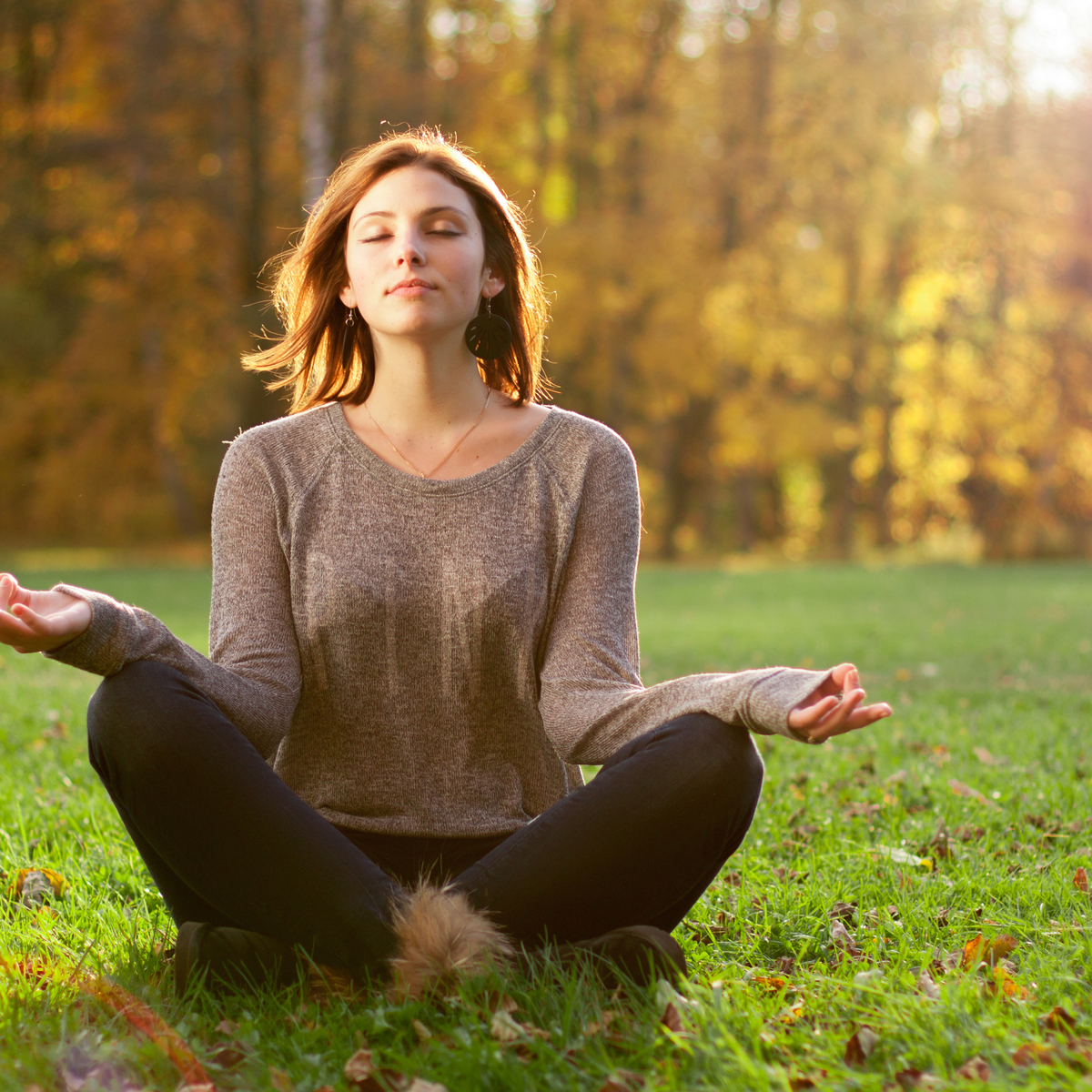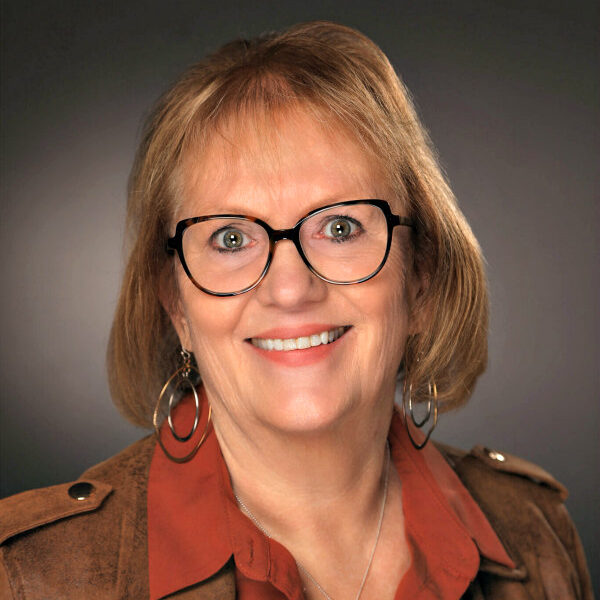Allow Yourself to Be

We have covered several different ways to work on ourselves and learn how to care and nurture ourselves. In some ways I believe that this is our most important work. It is when we can truly love ourselves and take care of ourselves that we can love and take care of others. Without this we are missing an important ingredient. This may be a lifelong process of learning how to care and love ourselves in the way that we are meant to be loved and cared about.
Our society has lost so much of their ability to “just be”. I don’t know that our Western society has ever really had it, but we don’t’ have it now. We are a society that is always on the go. Our children don’t even have the time to play anymore. When do they get to go outside, ride their bikes, play in their imaginary forts, climb trees, finger paint, and draw…and just think? It isn’t happening.
Learning how to “be” is one of the hardest tasks to accomplish and I think part of this is due to our culture of the Western Society and not being taught it as we grew up. I was brought up a task master. I can complete more than the average person, have a significant amount of energy, and will accomplish beyond most people’s imagination regarding how much I can do, efficiently and quickly. But for all of that what did it get me? Did I find love, the peace, the contentment I was looking for? No. This was when I became depressed. Happiness wasn’t to be found on that path. I think this is the big “secret” to life happiness. It isn’t to be found in anything outside of ourselves (such as accomplishing a lot, excelling in something, accumulating wealth). It is found inside ourselves in a place which we can access by learning how to “be”.
I took an Eastern Psychology class in the late eighties, which taught me how to meditate. I would go to class and we would sit Indian style on the floor facing the wall for the first 20 minutes of class. We would just breathe. Let me tell you that was a difficult process for me. I didn’t’ know how to breathe. I certainly didn’t know how to sit for 20 minutes. And even when I could physically do it, it wasn’t really internalized completely. I don’t know that it ever really will be internalized as I have to work at taking the time for it regularly. What I learned was that I didn’t know how to breathe to my solar plexus and would have to concentrate to accomplish this. I was a shallow breather with allergies and a stopped up nose, so my breathing was loud already. Putting myself in the quiet of meditation only brought my loud breathing to the forefront of my awareness (and everyone else’s). And working to breathe out of my nose rather than my mouth was a major undertaking.
I participated in several day long “Sesshins”, which means “to touch the mind”, where we would meditate for 8 hours with a 10 minute walking mediation after every 50 minute sitting mediation. At one of these events, a monk who had traveled in for the occasion took me aside during one of the breaks to talk to me about my breathing. I was a distraction for sure and I felt very awkward but was determined to get this – being able to breath and being able to “just be”.
I did eventually get to where my breathing became healthier and enabled me to give my body the needed oxygen, keeping me calmer and more centered. I learned to focus on my breath and let myself learn how to be present-focused. If you are focused on your breath, you are present focused as the breath is happening in the moment. All we really have is the moment and to lose it by being in the past or the future is a real loss. The Eastern philosophy states that real suffering comes from being in the past or being in the future and not being present-oriented. In other words, our minds tend to take us back into time where we can ruminate over moments that were difficult, whether we wronged someone or they wronged us, or we can be focused on the future, “What do I need to prepare for supper?”, rather than being in the moment right now and noticing what is going on in that moment. If we are in pain and can learn to be in the moment, we can get through our painful time a bit more easily.
In this journey to work on healing and loving yourself, begin to pay attention to your ability to just “be”. Do you allow yourself that time? Can you even do it if you have the time? Do you make sure you have lots of distractions and stay even busier in an attempt not to be with yourself? What is that all about?
Take time to begin to learn how to “be”. Set up time for your children to learn to “be” by modeling to them how to do it and making it a priority for you so that they see the importance of it. (For children see the article on Strong Sitting). Sit quietly. Allow yourself to focus on your breath. In your mind’s eye, follow the breath in all the way to the solar plexus and out through the nose. Count, doing 10 complete cycles of this. If you lose track of your count and start thinking about other things, then start over until you can do it for 10 full breaths in and out. Do this daily, or twice daily, or more. Make a commitment to begin to let yourself “be”. It is a loving gesture to yourself and shows that you are being caring with yourself. We don’t have to earn the right to “be”. \We don’t have to earn the right to be loved. We can be loved for who we are, but first we have to do that for ourselves with ourselves. Love yourself for who you are and practice allowing yourself the possibility of just “being”.
Tags: distracting from ourselves and being, focusing on breath to be in the moment, learning how to beABOUT THE AUTHOR

Janie Pfeifer Watson
Licensed Independent Clinical Social Worker
Licensed Independent Mental Health Practitioner- Janie Pfeifer Watson, LICSW, is the founder and director of Wholeness Healing Center, a mental health practice in Grand Island, Nebraska with remote sites in Broken Bow and Kearney. Her expertise encompasses a broad range of areas, including depression, anxiety, attachment and bonding, coaching, couples work, mindfulness, trauma, and grief. She views therapy as an opportunity to learn more about yourself as you step more into being your authentic self. From her perspective this is part of the spiritual journey; on this journey, she serves as a mirror for her clients as they get to know themselves—and, ultimately, to love themselves.
LATEST ARTICLES BY Janie Pfeifer Watson
- Gentle and Grounded – A Mindful Reset for 2026
- Glimmers of Light – Nurturing Joy During the Holidays
- Live Stronger: Strength, Balance, and Social Connection after 50 Stay strong. Stay Connected. Stay independent.
- Healing is a Lifelong Journey, and It Doesn’t Happen in a Straight Line
- Habits to Develop to Age Well
Subscribe today
Sign up to receive the latest mental health tips and inspiration